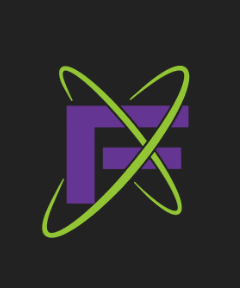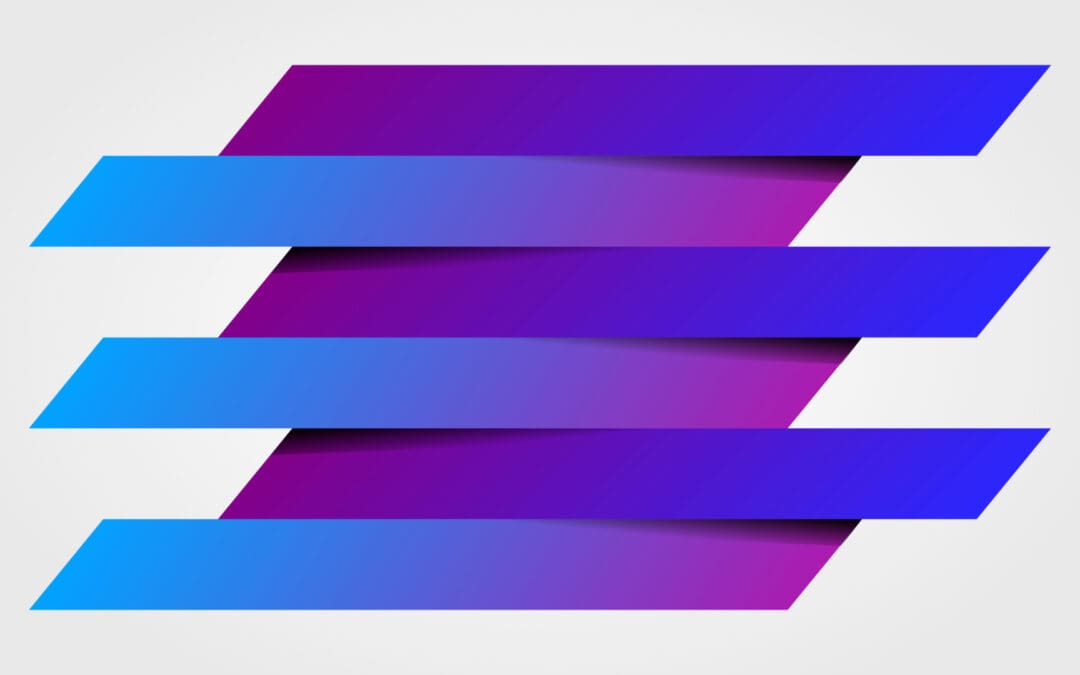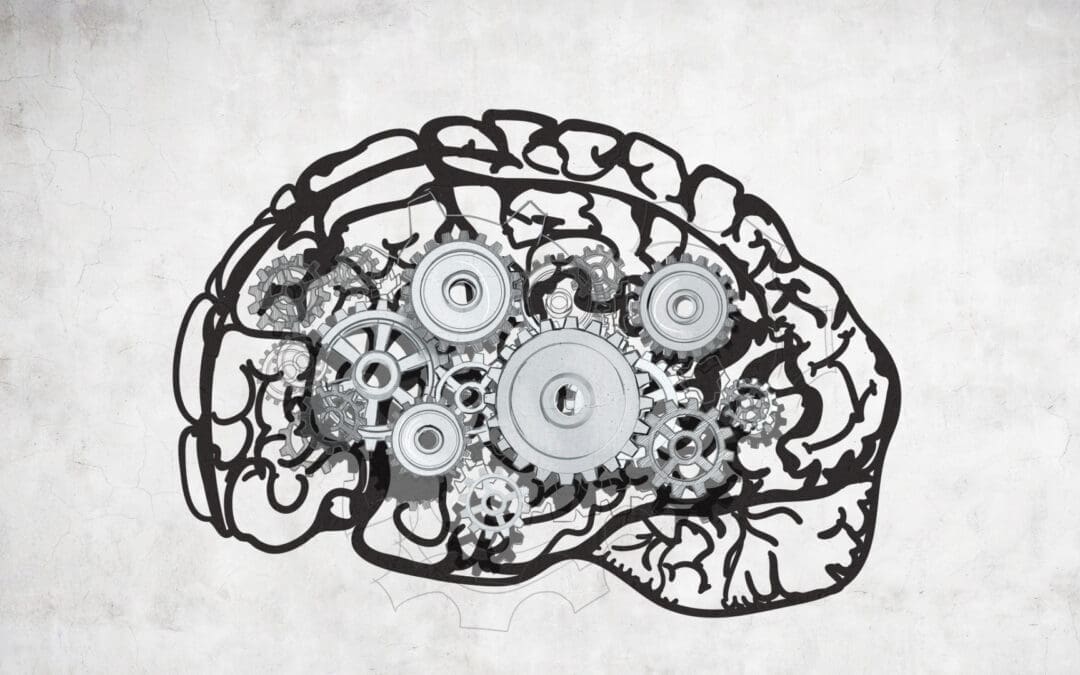Hey there! Are you ready for another adventure into the heart of marketing magic? This time, our compass points towards the intricate world of embroidery.
We’re not just reminiscing about your grandma’s cross-stitch patterns (though shoutout to our more modern cross-stitch creators, I’ve seen some pretty rad pieces floating around!), but zooming in on the digital heartbeat that powers machine embroidery for bespoke creations like custom t-shirts, hats, and beyond.
That’s right, we’re threading our way through the maze of DST files and embroidery file formats that bring designs to life. Grab your virtual sewing needle and thread, and let’s unravel the mystery!
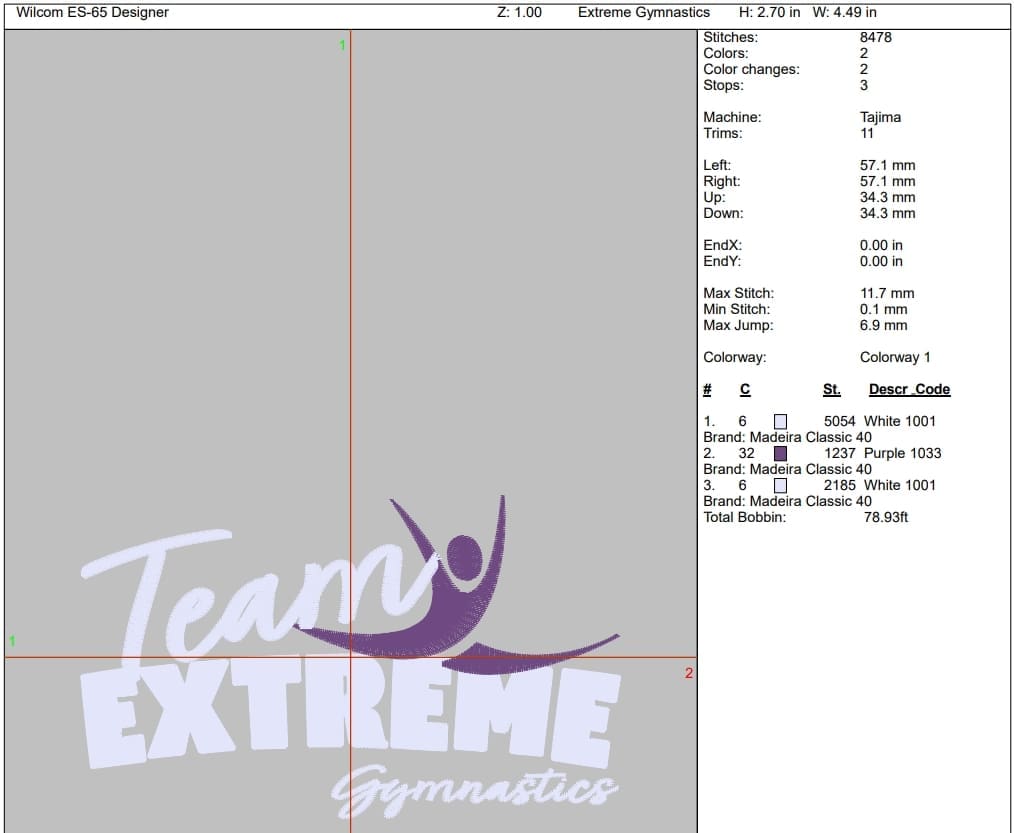
The ABCs of DST Files
You might be wondering, “What on Earth is a DST file?”
Let me tell you that DST files are the superstars of the embroidery world!
A DST file is a type of embroidery file format used by computerized embroidery machines. Think of it as the instructions that tell your embroidery machine exactly how to stitch your design. Kinda like a paint-by-number, but with a lot more thread (and a lot less swearing from yours truly!)
These files contain exact instructions for the machine, like where to place each stitch, when to trim the thread, and when to change colors. The DST file guides the embroidery machine through every step to create beautiful designs.

The Magic Behind DST Files
Now that we’ve covered the basics, let’s examine what makes these files tick.
When you open a DST file, don’t expect to see a pretty picture. Instead, you’ll see a series of commands, kind of like the Matrix code, but for embroidery.
Each command represents a stitch or an action. For example, one command might tell the machine to move right and make a stitch, while another might instruct it to change the thread color. It’s like a choreographed dance, with each move perfectly timed to create the final masterpiece.
Why DST Files Are the Bee’s Knees
Why are we so obsessed with DST files?
Well, first off, DST files are compatible with most commercial embroidery machines, making them a popular choice in the industry.
However, the real beauty of DST files is the level of detail they can capture. With thousands of stitches in a single design, you can create intricate patterns as detailed and unique as a snowflake!
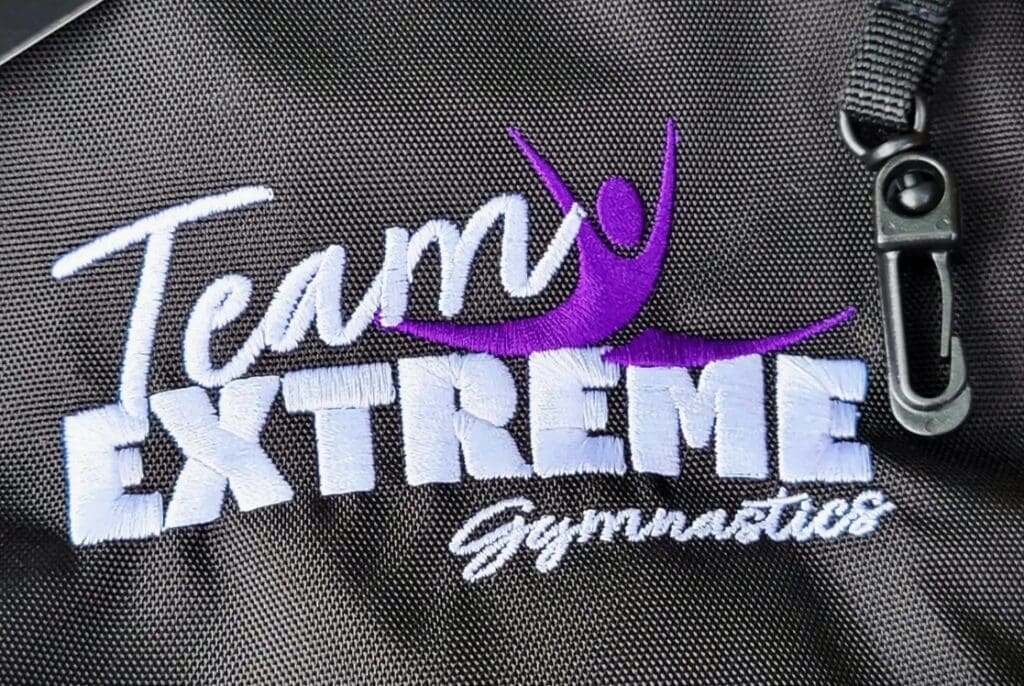
Beyond DST: Exploring Alternate Embroidery Files
While the enchanting world of DST files has captured our hearts (and our embroidery machines), let’s look at the other inhabitants of the embroidery file universe. Yes, DST files might be the crowned monarchs, but like any good realm, there are other players in the kingdom.
PES & EXP – The Nomads
First, we have the PES (Brother Embroidery Format) and EXP (Melco Embroidery Format) files. These two formats are like the dukes and duchesses of the embroidery world. PES files are primarily used by Brother, Babylock, and Bernina machines, while EXP files cater to Melco and Bernina users.
Why aren’t they wearing the crown? While both formats support a high level of detail and color information, they’re not as universally compatible as DST files. If you have keys to every door in the castle except the one you’re locked behind, you’re not going to have a good time.
JEF & HUS
Then there are the JEF (Janome Embroidery Format) and HUS (Husqvarna Viking Embroidery Format) files. These formats could be seen as artisans, specialists in their own right, catering to specific embroidery machine brands – Janome and Husqvarna Viking, respectively.
Their limitation? Brand exclusivity. Imagine being a skilled artisan who is only allowed to sell your wares in one market. That’s JEF and HUS for you.
XXX & VIP – The Exotic Merchants
Lastly, we encounter the XXX (Compucon/Singer Embroidery Format) and VIP (Pfaff Embroidery Format) files. Like exotic merchants bringing rare spices and silks from distant lands, these formats bring their unique charm to specific machine brands.
The catch here is their niche appeal. Just like an exotic merchant might struggle in a local market, XXX and VIP files face limitations in universal acceptance and compatibility.
Why DST Files Reign Supreme
In the diverse ecosystem of embroidery files, DST files land the title of the golden standard because of their universal compatibility and precision in detailing. The other formats, with their brand-specific allegiances and limitations in widespread use, simply cannot claim the throne that DST holds.
While each file format brings its own magic to the realm of embroidery, DST files remain the chosen language for machines far and wide. They weave threads into tapestries that tell tales of creativity, innovation, and a shared understanding of the vast, intricate world of embroidery.
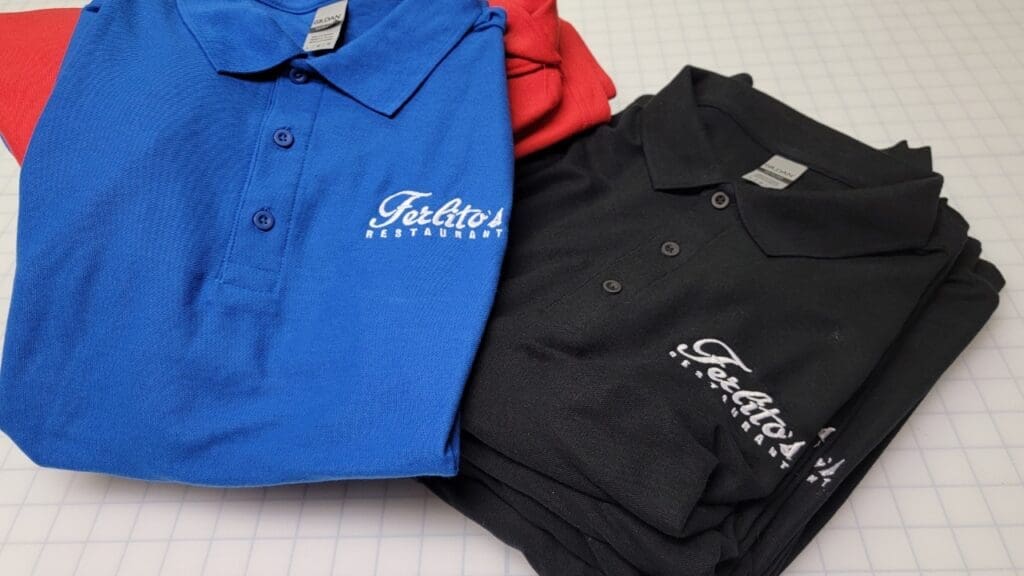
Navigating The Scaling Conundrum
Scaling DST files in digital embroidery can feel like a bit of a head-scratcher, both for newbies and the pros. You might think, “Hey, I can zoom in and out on pictures on my computer, so why not just stretch or shrink these embroidery files the same way?” Well, that’s where we bump into the whole raster vs. vector graphics thing, which anyone who’s dabbled in digital art knows all too well.
DST files are more like regular photo files (think JPG) than those nifty scalable vector files you get when you work with a graphic designer.
Ever tried blowing up a photo only to get that blurry, pixelated mess? That’s exactly what happens when you try to size up a DST file.
While vector files are awesome because you can resize them without losing any detail—thanks to their fancy math defining everything—embroidery files don’t really have an equivalent. Each stitch in a DST file is locked in place, much like pixels in an image. Changing the size without tweaking the stitch count and density is asking for trouble and can pretty much throw the precision and neatness of digital embroidery out the window.

Untangling the Knots of Embroidery Pricing
Figuring out how much to charge for digital embroidery can be like trying to solve a puzzle without all the pieces.
Why? Because it all boils down to how many stitches your design needs. More stitches mean more time and materials, which means more money.
But here’s the tricky part—you won’t know how many stitches there are until the embroidery file is all set up. That leaves both customers and us playing a bit of a guessing game, and honestly, who likes the idea of shelling out cash just to figure out how much MORE cash they’ll need to spend?
At Fusion, we’re all about keeping things straight. We’ve come up with our own way to simplify pricing for smaller designs and give you a rough idea of what bigger or trickier projects might cost just by looking at your artwork. This way, you get to know what you’re in for right from the start, no nasty surprises. Our goal is to keep everything as clear as day so that when you think embroidery, you think Fusion – your reliable buddy in bringing your creative ideas to life, one stitch at a time.
Decoding Stitch Counts for Common Embroidery Projects
In the world of embroidery, knowing the stitch count sweet spots for some classic embroidery gigs can be super handy. Having this info ahead of time is a secret weapon that will help you plan better and set the right expectations.
Here’s a quick rundown:
- Left Chest Logos: These are your go-to for personalizing shirts or polos. Usually, they fit comfortably in a 4″ x 4″ space. On average, you’re looking at around 7,000 to 10,000 stitches. The twist? If your logo is wordy or has tons of details, that means more stitches and more time—fancy fonts are beautiful but can be quite a headache for the embroidery folks.
- 3×3″ Patches: Ah, the beloved patch. Perfect for hats, bags, or jackets, and sitting pretty at 3×3″, these little guys usually hover between 7,500 to 12,500 stitches. It’s all about the design details and how filled in they are. As always, more complexity means more stitches.
- Caps: Caps are a bit trickier because they typically have less stitching space than shirts. A cap’s front panel offers around 2.5″ x 4″, translating to 4,000 to 7,000 stitches. So, if your design is bigger or more intricate than that, you might have to opt for a different placement or scale down the details.
- Jacket Backs: Ready to make a statement? Jacket backs give you the canvas to go wild with creativity. For these big projects, stitch counts can range from a hefty 45,000 to 75,000 stitches. They’re perfect for those eye-catching, detailed designs that tell a story or stand out in a crowd.
- Blankets: With these larger canvases, there’s plenty of room for creativity. Go crazy with colors and details—they can handle it. Blankets average around 25,000 to 35,000 stitches, making them great for more complex and intricate designs.
Keeping these averages in your toolkit means you’ve got a head start on planning your project. It’s all about balancing creativity with practicality—knowing your stitch counts helps ensure your embroidery project is just as awesome in reality as it is in your imagination.
That’s a Wrap
In the intricate dance of needle and thread that characterizes the art of embroidery, DST files emerge as the unquestionable leaders, guiding the rhythm with their precision and universal compatibility.
This exploration through the realms of scaling complexities, pricing puzzles, and stitch count strategies underlines the unmatched value DST files bring to the table. They facilitate a seamless translation of digital designs into tangible art and standardize the process across various machines and projects.
While the digital embroidery landscape continues to evolve, the DST file format remains a steadfast ally, simplifying the intricate process of bringing creative visions to life. Whether you are a seasoned professional or a newcomer eager to leave your mark in the embroidery world, understanding and utilizing DST files can significantly sharpen your craft. As the golden standard, DST files not only promise efficiency and precision but also inspire a shared language among embroidery enthusiasts around the globe, weaving together a community bound by creativity and innovation.
Ready to Bring Your Embroidery Dreams to Life?
If you’re searching for a company known for its precision and creativity, don’t hesitate to reach out to us at Fusion Marketing!
We’re here to help you navigate the complexities of stitch counts, design considerations, and everything in between. Whether you’re looking to personalize apparel or create something uniquely yours, our team has the expertise and the technology to make it happen.
Call us today and take the first step towards transforming your vision into a beautifully embroidered reality. Your project deserves the best, and at Fusion, we’re committed to delivering just that.
